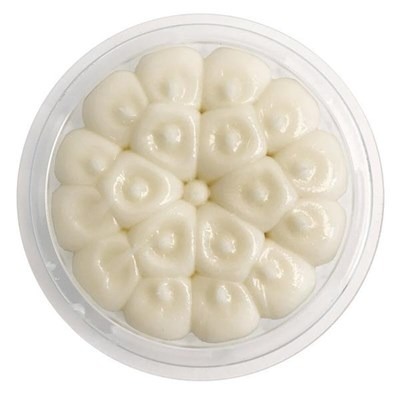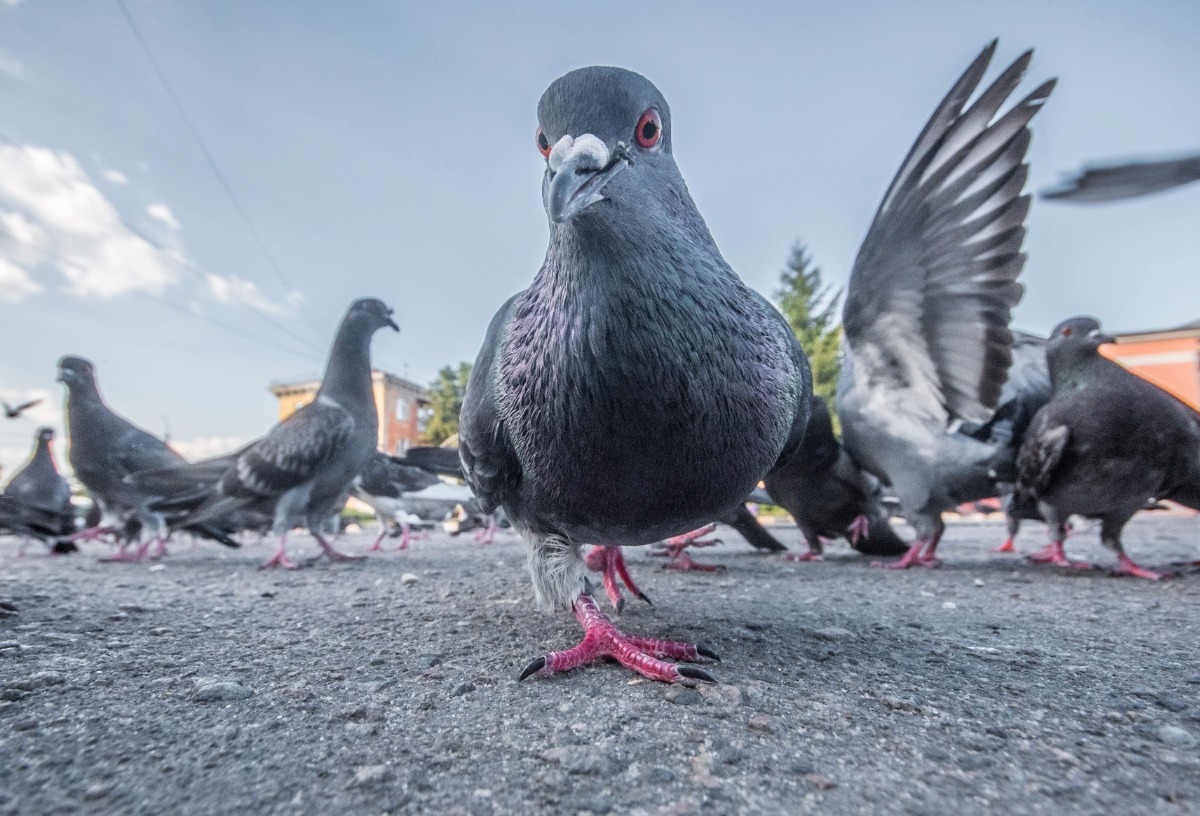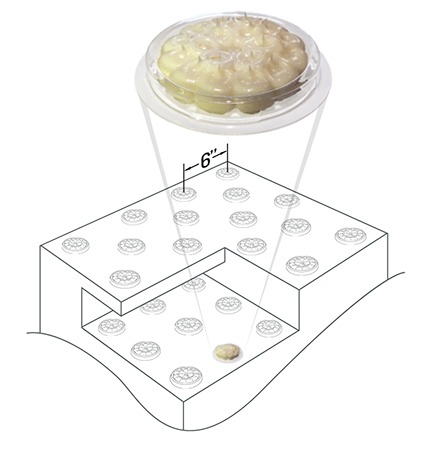How To Use Optical Gel to Keep Birds Away
THE EASIEST BIO-TECH SOLUTION YOU'LL EVER INSTALL.
It's natural and safe for us, and yes...even for the birds. But they HATE IT!
Unmatched Performance When Combined in Three Key Areas
1. INVISIBLE · Bird control products that cannot be seen once installed is a goal we all desire. From below, Optical Gel is out of sight.
2. A CINCH · Undetectability often means complexity in installation. Optical Gel does not trade this off. It's easy to install. Dare we say almost fun. Choose between glued (this version), magnetic or zip-tied options to make sure it stays put.
3. JAW-DROPPINGINGLY EFFECTIVE · And finally, the modernity of this barrier is how well it works. Watching it function in real-time is quite stunning. Optical Gel not only ushers birds off of whatever they might land but denies and seemingly repulses them before they do. Watch a one minute of video of highlights or a four-minute detailed video here.
How, Who & Where
HOW: It's a multi-sensory bird deterrent that spoofs their:
SIGHT: Dishes appear to be extremely detrimental to their safety (akin to fire or smoke) and avoid immediately.
SMELL: They can't stand the citronella and peppermint oil smell which to us is pleasant.
TOUCH: They avoid sticky material (in the unlikely event they touch it).

WHO: This tiny, safe and natural disk works on:
- Pigeons
- Woodpeckers
- Gulls
- Crows
- Starlings
- Mud Swallows

WHERE: Glue them
- where birds temporarily loaf
- when nesting occurs (follow bird-specific guidelines)
- where groups of birds congregate
- deep into tight areas
- onto movable bases to be placed when away
- to sensitive equipment
- in attractive patterns directly onto skylights
- atop lights and other tall perching spots
- not just to edges but large areas as well
- around woodpecker holes
- and the list goes on...


